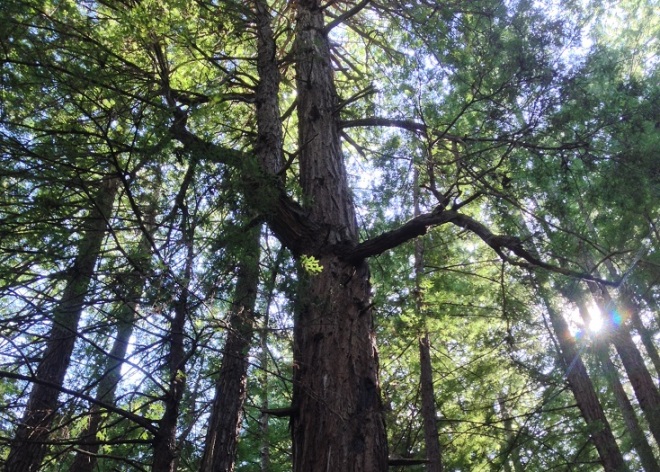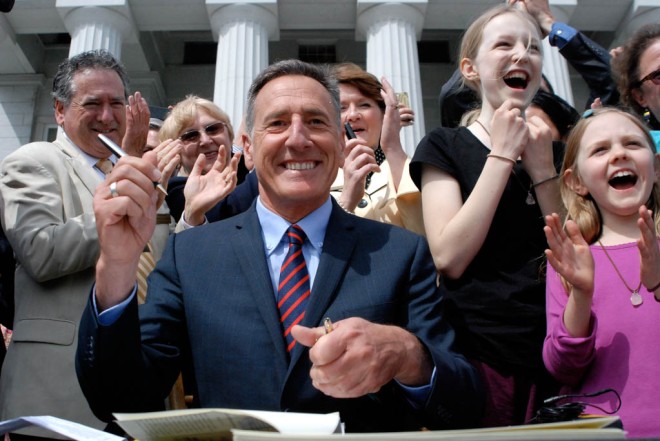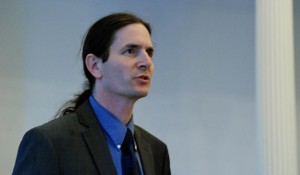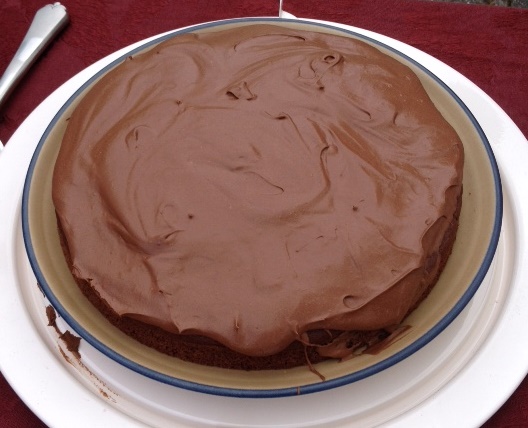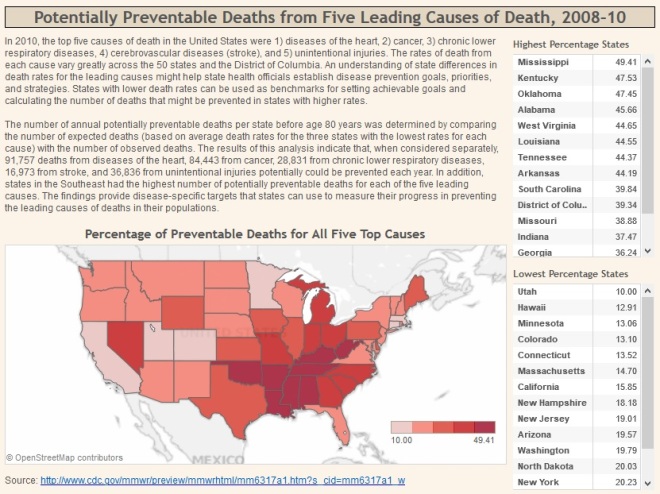 Earlier this month the Centers for Disease Control and Prevention (CDC) published a report Potentially Preventable Deaths from the Five Leading Causes of Death — United States, 2008–2010.
Earlier this month the Centers for Disease Control and Prevention (CDC) published a report Potentially Preventable Deaths from the Five Leading Causes of Death — United States, 2008–2010.
In 2010, the top five causes of death in the United States were 1) diseases of the heart, 2) cancer, 3) chronic lower respiratory diseases, 4) cerebrovascular diseases (stroke), and 5) unintentional injuries. The rates of death from each cause vary greatly across the 50 states and the District of Columbia. An understanding of state differences in death rates for the leading causes might help state health officials establish disease prevention goals, priorities, and strategies. States with lower death rates can be used as benchmarks for setting achievable goals and calculating the number of deaths that might be prevented in states with higher rates.
I took the numbers from the charts in the report to create this visualization.
The report also included this chart of potentially preventable vs observed deaths.
- The regional differences on the map
- The low number of potentially preventable deaths vs observed in the chart above – especially for heart disease and cancer
The regional differences may have to do with diet and levels of smoking, drinking and lack of exercise. Some have made the case that many of these states with lower rates of preventing deaths in the South, like Tennessee, Alabama, Mississippi and Georgia, have made it difficult for low income residents to get affordable health insurance and have not expanded Medicaid (see map below). This makes it more likely that people won’t get preventive care or physicals and wind up in the emergency room with a life threatening chronic illness.
But the most frustrating aspect of all of this is that these chronic diseases – especially heart disease, stroke and cancer – could be drastically reduced by dietary changes. Many doctors – as I’ve pointed out many times – have shown that a whole food, plant-based diet will reduce the risk of these diseases and reverse them if they have already started impacting people.
Our vegan book club is currently reading Meatonomics: How the Rigged Economics of Meat and Dairy Make You Consume Too Much by David Robinson Simon. The title sums up the book, which looks at the way our government (using our tax dollars) is subsidizing and helping to promote the meat and dairy industry, while at the same time other parts of our government (but without the same amount of dollars or clout) are telling us to eat less of these foods. The result is that Americans eat more protein from meat and dairy products than anyone else in the world, and it’s literally killing us. Finally, through Medicare and Medicaid, the government is paying to treat the illnesses caused by eating too much meat and dairy.
Why do we accept the fact that each year almost 50,000 will die from stroke, 300,000 will die from heart disease, and 400,000 will die from cancer? Where is the will – political, social or otherwise – to do all we can to prevent these diseases? Can we save lives and the billions of dollars spent each year on the health and environmental impacts of this unsustainable way of living before it’s too late?



